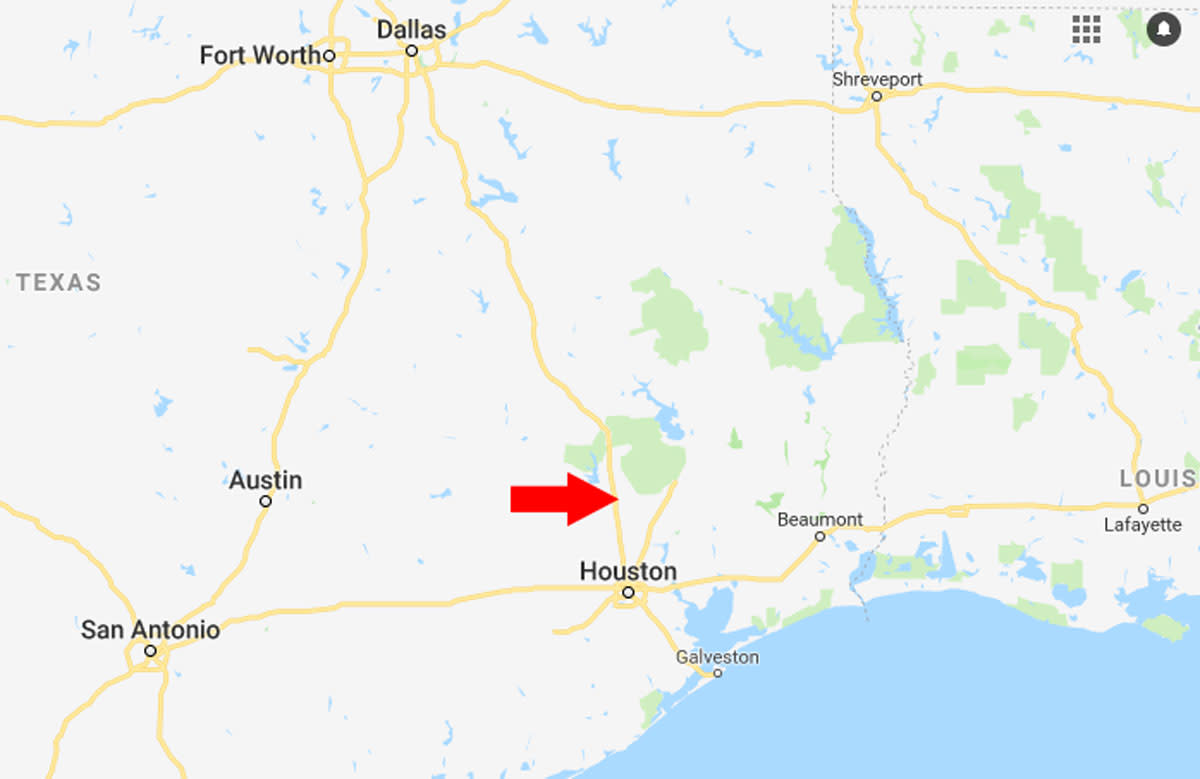
The Texas Animal Health Commission (TAHC) confirmed equine herpesvirus myeloencephalopathy (EHM), the neurologic disease linked to equine herpesvirus type 1 (EHV-1), in a Montgomery County barrel racing horse on May 9, 2018.
The horse showed signs of ataxia and other neurologic signs consistent with EHM when evaluated by a veterinarian. The premises is under movement restrictions and TAHC staff is working closely with the owner and veterinarian to monitor potentially exposed horses and implement biosecurity measures.
Prior to confirmation, the positive horse attended barrel racing events at the Oklahoma City Fair Grounds on April 28-30 and Williamson County Expo Center in Taylor, Texas, on May 5. TAHC staff has been in contact with event management and veterinarians to ensure enhanced biosecurity measures are taken on the premises and event participants are notified.
While the risk of exposure to the virus was likely low at these events, owners of horses potentially exposed are encouraged to take precautions. Exposed horses should be isolated and have their temperatures monitored twice daily for at least 14 days after the last known exposure. If an exposed horse develops a fever or other signs consistent with EHM, diagnostic tests might be performed. Owners should work with their veterinary practitioners to establish appropriate monitoring and diagnostic plans for any potentially exposed horses. For more information on biosecurity measures you can take to keep your horses healthy, visit http://www.tahc.texas.gov/news/brochures/TAHCBrochure_BiosecurityEquine.pd.
One of the most common clinical signs of EHV-1 is fever, which often precedes the development of other signs. Respiratory signs include coughing and nasal discharge. Neurologic signs associated with EHM are highly variable, but often the hindquarters are most severely affected. Horses with EHM might appear weak and uncoordinated; urine dribbling and loss of tail tone might also be seen. Severely affected horses can become unable to rise.
For more information on EHM please visit http://www.tahc.texas.gov/news/brochures/TAHCBrochure_EquineHerpesMyeloencephalopathy.pdf.
It is important to remember these signs are not specific to EHM and diagnostic testing is required to confirm EHV-1 infection. Many horses exposed to EHV-1 never develop clinical signs. If you suspect your horse has been exposed to EHV-1, contact your local veterinarian.
The equine industry is encouraged to obtain the latest information on this outbreak and other disease events across the country by visit the Equine Disease Communication Center (EDCC) website at http://www.equinediseasecc.org/alerts/outbreaks.








